Following The Film Stage’s collective top 50 films of 2022, as part of our year-end coverage, our contributors are sharing their personal top 10 lists.
Perhaps I’m getting older and cranker or perhaps it’s just the movies, but if we’re being frank, 2022 will go down as a year where I admired films but not much really blew me away. It wasn’t a particular landmark year for cinema as the industry at all levels, from studios to regional festivals, remains in flux. We’ve heard a lot about “supply chains” being gunked for part of the year and perhaps that’s true as studios and indies pivot and figure out how to navigate the new landscape. Thankfully it looks as if theatrical has regained some ground with several titles slated for streaming now finding their way into movie theaters at least for a limited time. Now, if only Netflix, which continues to bankroll great films from A-list talent, will let films like Bardo and All Quiet on the Western Front––which deserve a big screen and big sound experience––have more than a week or two at a handful of art houses. Some signs of life were shown with the national release of Glass Onion: A Knives Out Mystery with all the box office analysts agreeing Netflix left money on the table by pulling it out of theaters only after a week.
One of the big shoes that dropped this year was the bankruptcy of Cineworld, the second-largest theatrical exhibitor in the world and operators of Regal Cinemas in the US, perhaps leading to further consolidation. The other big player AMC, which has not turned a profit in years (unlike exhibitors Cinemark, Cineplex, and Marcus which had profitable quarters post-2020) was kept afloat by memestock “investors” and a series of opportunist transactions by management.
As for big popcorn, I liken it to the analogy of the shopping mall: population centers will retain their movie theaters (and shopping malls with brand names) while those living in less populated areas will have to travel a bit further to go to the movies. For exhibitors, they need more than just Avatar and Top Gun to sustain their business model and should look to localize their programming rather than offering the same cookie-cutter experience they offer in South Bend, IN as they do in Bridgewater, NJ. Some of that has occurred with a continued reliance on select international titles including anime and Bollywood leading to American cinephiles discovering balls to the wall, hyper Telugu cinema and making RRR both a hit theatrically and on streaming. Further localization is needed and perhaps there’s a role for regional film festivals to play in developing and cultivating audiences. It certainly couldn’t hurt, as the status quo is barely sustainable.
The films that worked for audiences were pure cinema––Top Gun: Maverick, RRR, Everything Everywhere All at Once, The Batman, and Avatar: The Way of Water were spectacles that delivered big thrills and successful box office grosses. Mid-budget “adult dramas” struggled even when they were excellent like The Fabelmans and Mrs. Harris Goes to Paris. It’s not unreasonable to assume that the audience for these films has moved to streaming.
As for the movies themselves, some of our masters are back and making interesting, if not masterful work. This will be a rare year for me when a Frederick Wiseman film didn’t make an appearance on my top ten, and while I admired his narrative departure, A Couple, a lushly photographed series of monologues, the film lacked the power of his institutional studies. On the flip side, I found the lucid structure of operatic Alejandro González Iñárritu’s Bardo, False Chronicle of a Handful of Truths to be a transcendental meditation on the personal and political and a much more effective, interesting, and complex film than his best picture winner Birdman.
It was a strange year on all fronts with the great post-COVID era reset continuing as studios and makers sort it all out. Are we out of the woods? On the surface level, it doesn’t seem like most films exist in a universe free from the impact of COVID and other global issues. Other political currents of course exist everywhere in cinema and this round-up features those working with giant budgets like James Cameron to artists working in exile like Jafar Panahi.
Honorable mentions: Broker, EO, Happening, The Inspection, Avatar: The Way of Water, Women Talking, All Quiet on the Western Front
10. One Fine Morning (Mia Hansen-Løve)
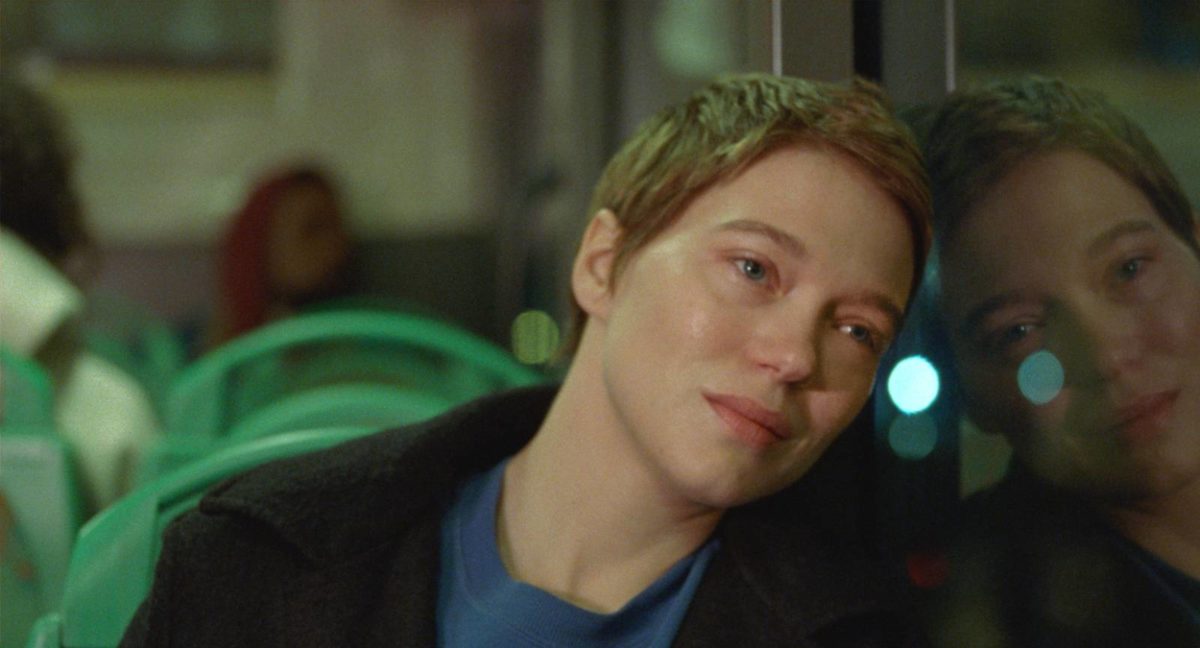
Navigating a career-life balance, Mia Hansen-Løve’s delightful One Fine Morning is a lighter drama that finds Sandar (Léa Seydoux), a translator, taking care of her daughter and her father, who has recently been diagnosed with a neurodegenerative disease. At the same time, she’s starting a new romance with married friend Clement (Melvil Poupaud). One Fine Morning is a breezy, witty, and natural portrait of a woman carefully trying to have it all that recalls the best work of Éric Rohmer.
9. No Bears (Jafar Panahi)
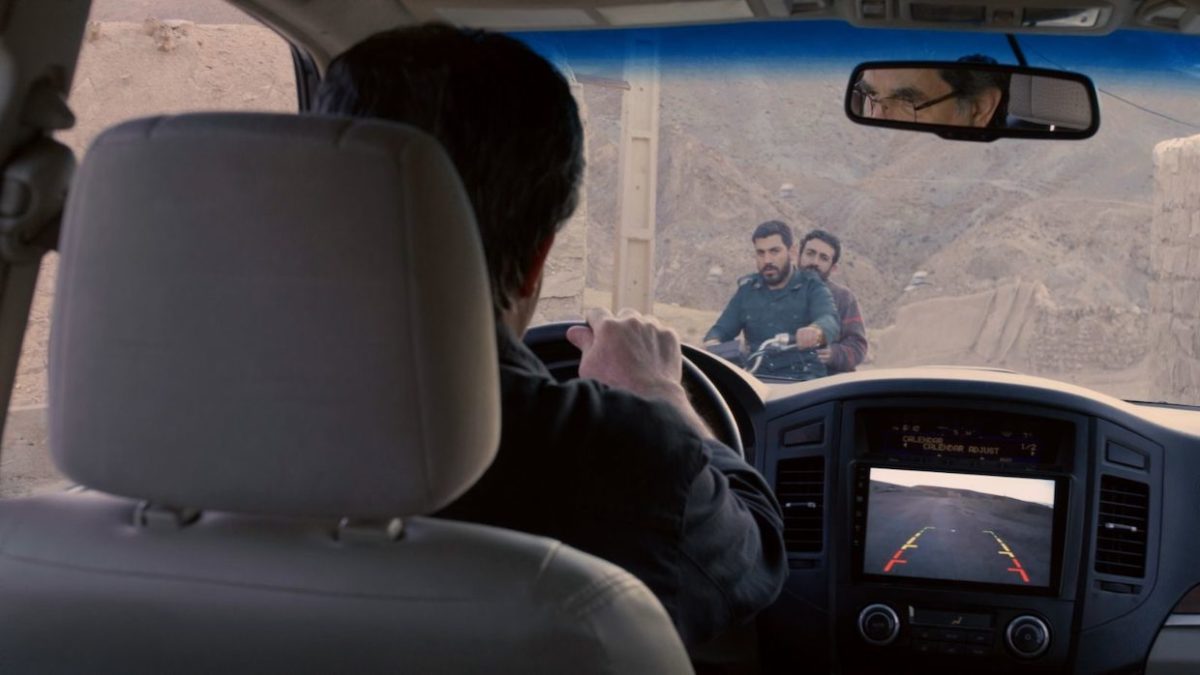
Currently serving a six-year sentence in Iran for “propaganda against the regime,” director Jafar Panahi walks a tightrope in his 2022 release No Bears. Playing himself as a filmmaker in exile, he ultimately directs a film on FaceTime from a remote village about two lovers obtaining passports in Tehran to leave the country. Like many filmmakers, Panahi is happiest when he’s got a camera in his hand and asks a villager to photograph a ceremony he’s about to miss, opening up a can of worms for Panahi when the village elders realize they have an internationally acclaimed filmmaker amongst them. No Bears is a cinematic act of defiance often finding subtle connections to explore the absurdity of suppressing the voice of an artist with international exposure: the more you suppress, the more ways he finds to fight back, especially in an age when the tools of filmmaking have been democratized through 4K video on mobile devices, high-speed internet, and video conferencing.
8. Crimes of the Future (David Cronenberg)
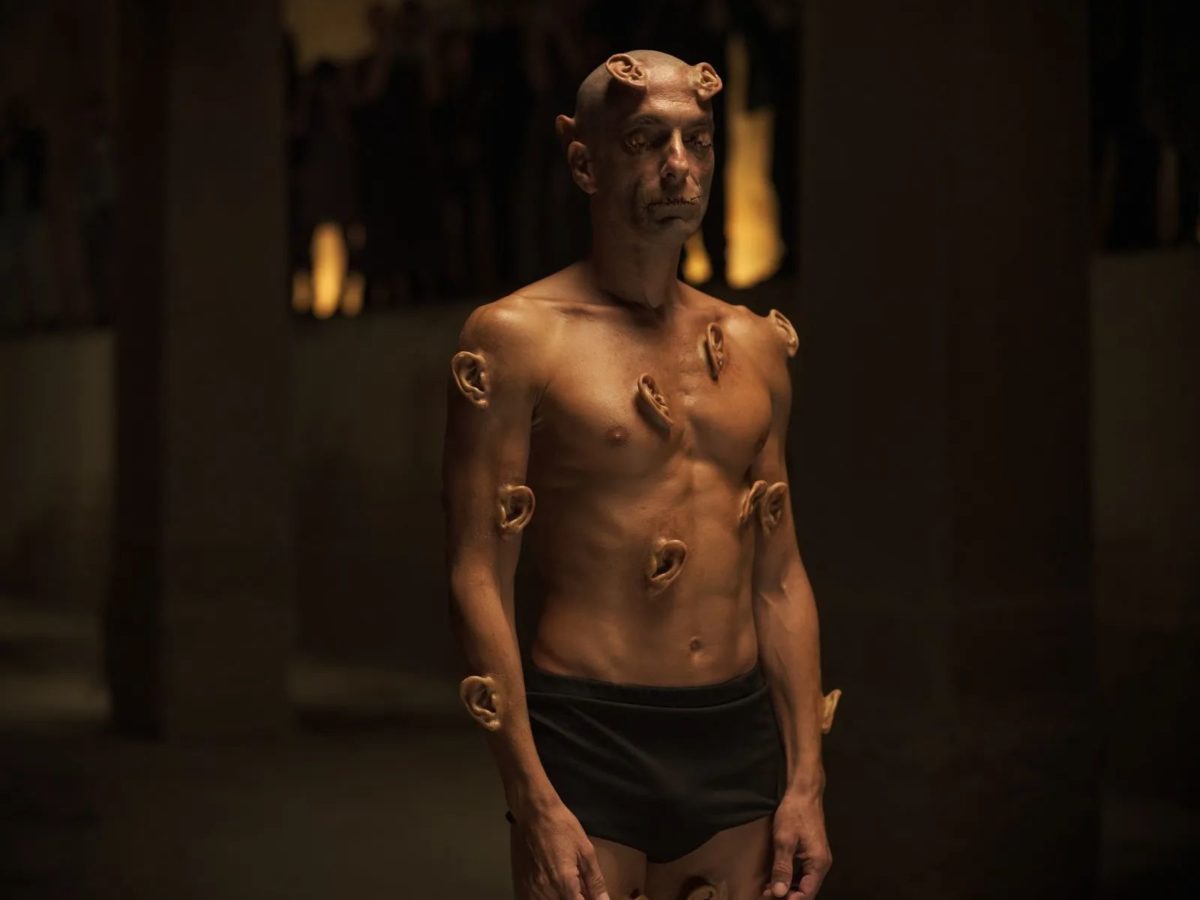
The master of body horror is back in full force. David Cronenberg’s Crimes of the Future explores the world of underground performance art, body modification, and toxic waste with all the wit and morbid curiosity of The Fly and eXistenZ. Viggo Mortensen plays Saul Tenser, a man who grows new organs as performance art in direct violation of the National Organ Registry, an underfunded oversight organization tasked with keeping track of genetic mutations. Vintage Cronenberg, Crimes of the Future walks a fine line between gross and absurd but does so masterfully. At times it’s downright hilarious, with Léa Seydoux as a tattoo artist, Kristen Stewart as an investigator, and Scott Speedman as a father with questionable intentions realizing their full potential in an elegant B-movie.
7. All The Beauty and the Bloodshed (Laura Poitras)

Examining the life and advocacy work of artist Nan Goldin, Laura Poitras’ All The Beauty and Bloodshed proves all politics is personal. Tracing Goldin’s early photographic works documenting LGBTQ subcultures in New York City, eventually joining with the ACT UP movement to call attention to the HIV/AIDS crisis, she takes on a new enemy: the Sackler family, owners of Purdue Pharma. Founding the advocacy group PAIN after her addiction to Oxycotin, Goldin uses ACT UP’s tactics including die-ins and prescription drops in art institutions that have taken Sackler’s blood money. All The Beauty and the Bloodshed offers an intimate and sweeping portrait of Goldin’s life as told through her photographs, archival material, and interviews as she continues to fight for the marginalized. Collaborating closely with Goldin, Poitras again takes on powerful institutions investigating the tactics of the Sacklers to silence PAIN and clean their blood money by supporting institutions like the Metropolitan Museum of Art, the Guggenheim, Louvre, and V&A.
6. Saint Omer (Alice Diop)
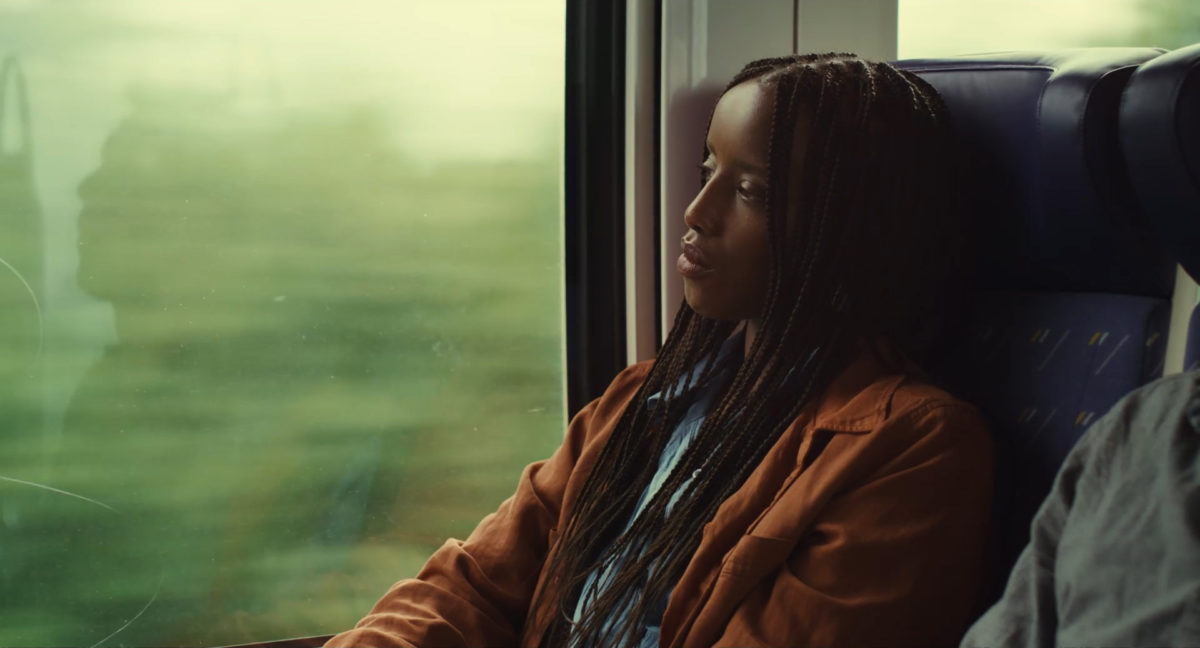
For much of its runtime, Saint Omer is a fairly straightforward procedural drama, unfolding in a French courtroom. A Senegalese graduate student (Guslagie Malanda) stands accused of leaving her 15-month-old child on the beach to be swept away in the tide. For most, it’s an open and shut case, but for Rama (Kayije Kagame), a young novelist observing the proceedings, it becomes the source of inspiration. Inspired by a 2016 court case, this narrative feature debut by Diop (who previously worked in documentary) is a moving film about collective memories, anxieties, justice, biology, mythology, and finding morbid inspiration in liminal spaces.
5. Bardo, False Chronicle of a Handful of Truths (Alejandro González Iñárritu)
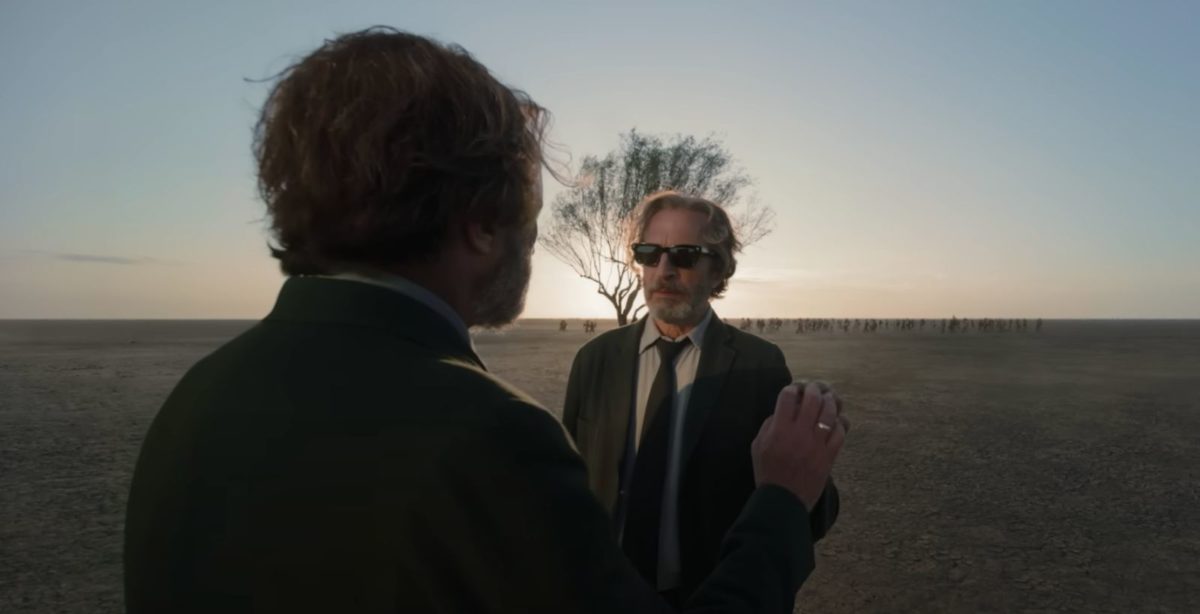
A rich, complex, and lucid tale of a Mexican journalist and filmmaker Silverio (Daniel Giménez Cacho) making sense of the complex relationship between the US and Mexico, and his own role in navigating the ironies of living in both cultures. In Mexico he’s viewed as a “sell-out”, in the US he’s viewed as “not quite American” (even after his defiant son points out to a CBP officer that anyone from North and South America is American). Each sequence and scene blend together as one nightmare or dream as Silverio remains haunted by both the past and future. While the film is at times excessive, it is often a rewarding meditation.
4. Aftersun (Charlotte Wells)
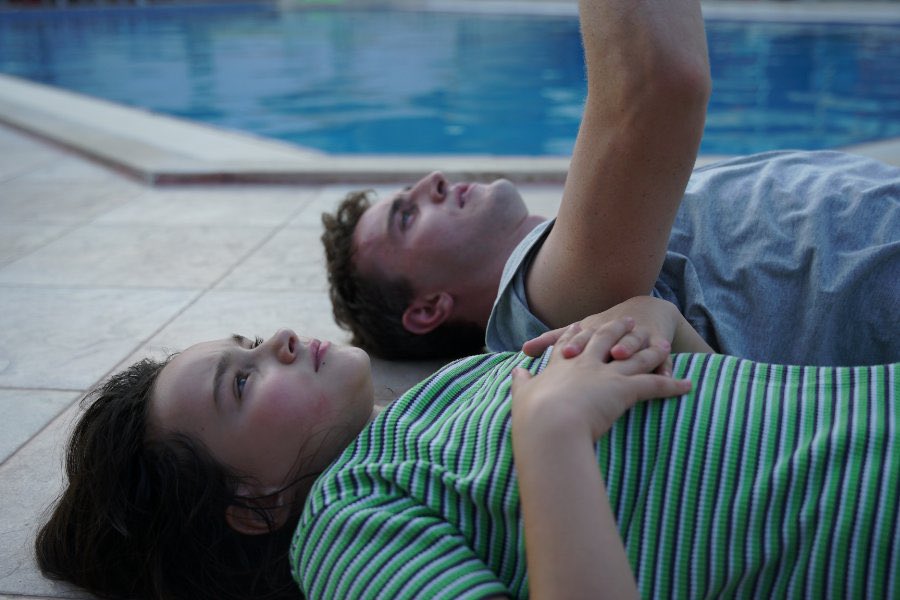
A summer vacation––or perhaps the remembrance of a summer vacation––at a Turkish resort becomes the fabric of Charlotte Wells’ feature film debut. The vacation represents a turning point for father Calum (Paul Mescal) as he learns to say goodbye to daughter Sophie (played as a kid by Frankie Cario and as an adult by Celia Rowlson-Hall) as she approaches the cusp of adulthood. Wells brilliantly provides the raw material often in the form of VHS tapes adult Sophie sorts through to make sense of what should have been a happy memory but ultimately proved to be a turning point. Masterfully constructed, Aftersun is a film that burns long after the credits roll.
3. Triangle of Sadness (Ruben Östlund)

The latest masterwork from two-time Palme d’Or winner Ruben Östlund, Triangle of Sadness is a sharp-witted comedy with gross humor and at times even more gross politics. Similar to this year’s The Menu, Triangle of Sadness at its core offers a scathing critique of extreme wealth, inequality, and the obsessive masters of luxury items in pursuit of perfection. It’s only natural the film’s initial inquiry asks male model Carl (Harris Dickson) if he’s a “smiley brand or a grumpy brand”. Rounded out with a superb cast that includes Zlatko Burić as a Russian fertilizer magnate, Woody Harrelson as the ship’s alcoholic yet pragmatic Captain, scheming Filipina custodian Dolly de Leon, and the late Charlbi Dean as Carl’s influencer partner, the film continues to ratchet up Östlund’s perverse humor all the way to an unforgettable, operatic sequence that makes you wish you didn’t see this movie in a dine-in movie theater. Triangle of Sadness is a masterclass of irony and contradiction or, as Burić and Harrelson muse, in a drunken bender that “a Russian Capitalist and an American Communist on a 250-million-dollar luxury yacht” can become fast friends as society descends into chaos.
2. Till (Chinonye Chukwu)
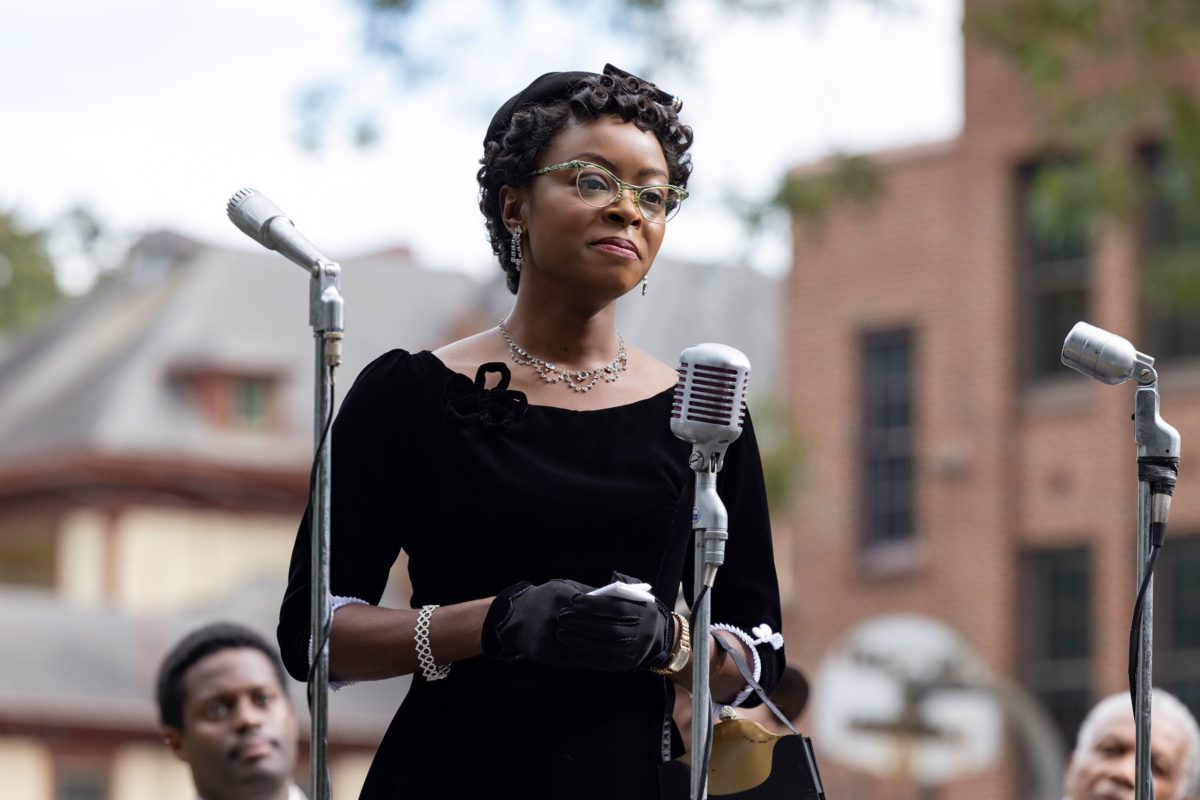
The most emotionally resonating film I have seen this past year, Till brings history to life with a flawless performance by Danielle Deadwyler as Mamie Till, the single mother of Emmett Till (played by Jaylyn Hall). The film explores humanity and the injustice of Till’s story, highlighting the advocacy of Mamie to keep her son’s memory in the consciousness of the nation. Chukwu also never loses sight of the fact Emmett was a mother’s son long before he was an icon in the fight for civil rights as the image of his brutalized body circulated in print worldwide. Till is equal parts tender and angry, avoiding graphic violence in favor of imagining the terror. It is an important story worth telling now more than ever as some governors and school boards try to erase any material that would make students “uncomfortable” with the sins of the past.
1. TÁR (Todd Field)
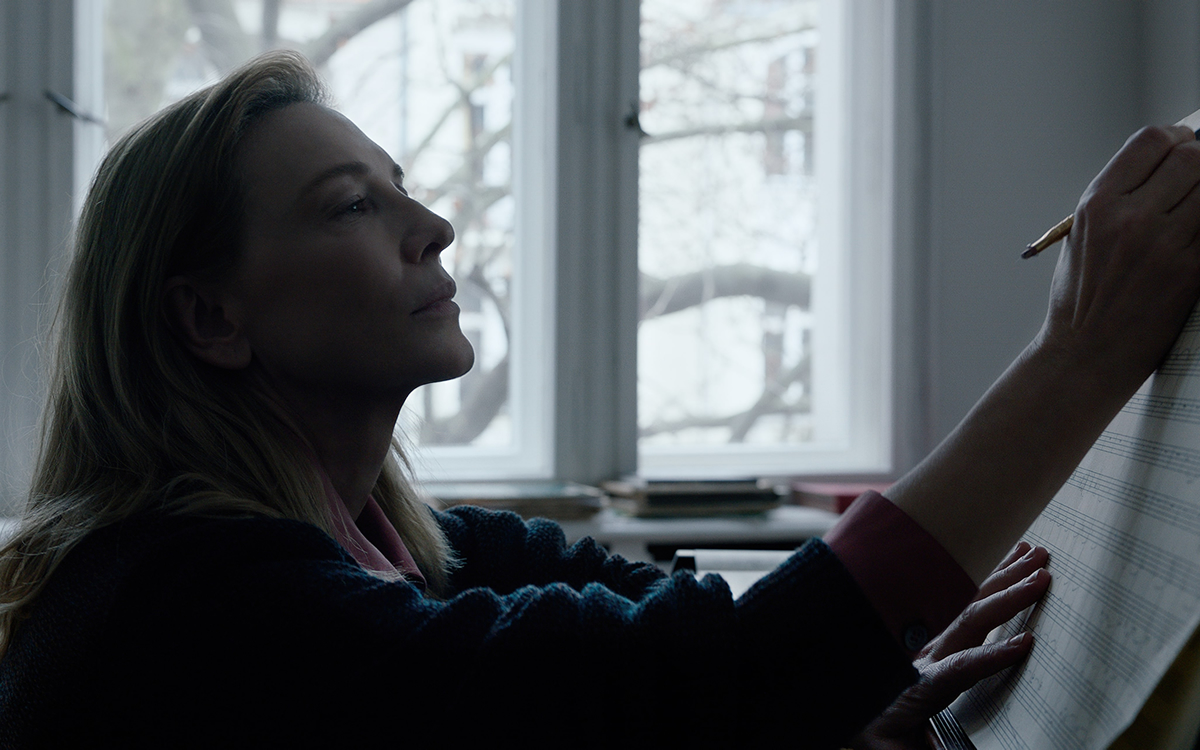
A stunning picture of technical precision and restraint, like its titular character Lydia Tar, writer/director Todd Field is at the top of his game. Operating in scope, TÁR chronicles the behind the scenes life of the “greatest living composer-conductor” on the eve of her book release just as public sentiment and the donor class turns against her. Cate Blanchett gives a flawless performance as she walks a tightrope hazing (or training) the next generation of elite classical musicians while enjoying the wealth and excess that comes with her internationally renowned status. It’s hard not to be dazzled, and the precision by which Field and Blanchett explore this character and the space she occupies is like observing a master watchmaker at work.
